3D Printing Guide
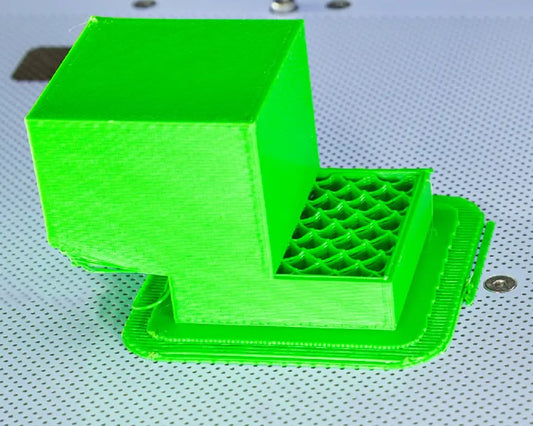
How to fix layer shifting
Layer shifting is a problem that happens when layers in a print are skewed or misaligned print. This is typically caused by the hotend’s nozzle catching on the print and...
How to fix layer shifting
Layer shifting is a problem that happens when layers in a print are skewed or misaligned print. This is typically caused by the hotend’s nozzle catching on the print and...
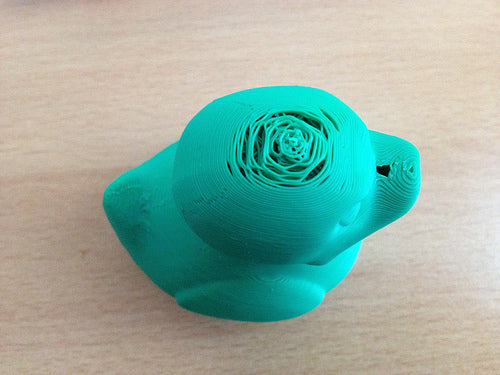
How to fix gaps in the top layers of prints
Gaps in the top layers of 3D prints have a few potential causes including: under extrusion, inadequate infill, incorrect slicer settings, or insufficient cooling. Here are some things you can check...
How to fix gaps in the top layers of prints
Gaps in the top layers of 3D prints have a few potential causes including: under extrusion, inadequate infill, incorrect slicer settings, or insufficient cooling. Here are some things you can check...
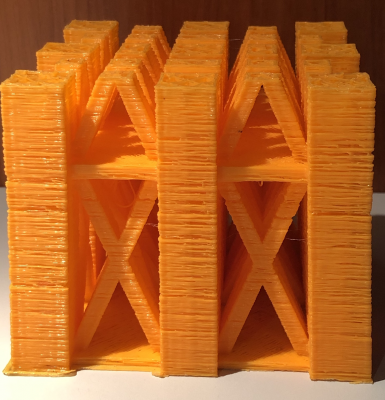
How to fix underextrusion
Underextrusion affects your parts strength as well as its aesthetic. If your prints look like they aren't completely solid or there are gaps between plastic where there shouldn't be, then...
How to fix underextrusion
Underextrusion affects your parts strength as well as its aesthetic. If your prints look like they aren't completely solid or there are gaps between plastic where there shouldn't be, then...
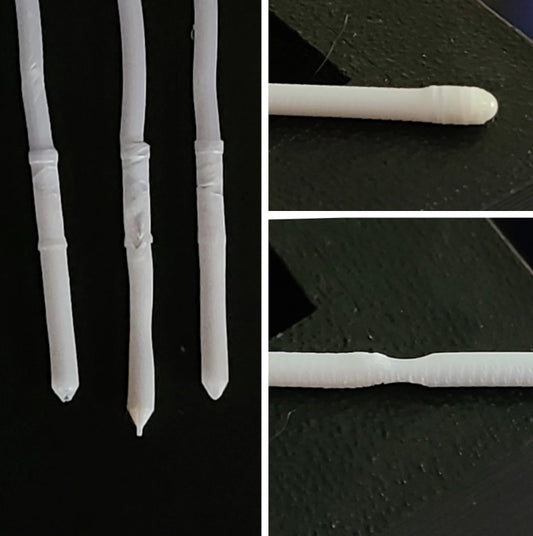
How to fix 3D printer filament grinding issues
Filament grinding is a common problem in 3D printing that occurs when the extruder digs plastic out of the filament rather than pushing the filament through the hot end. This results in...
How to fix 3D printer filament grinding issues
Filament grinding is a common problem in 3D printing that occurs when the extruder digs plastic out of the filament rather than pushing the filament through the hot end. This results in...
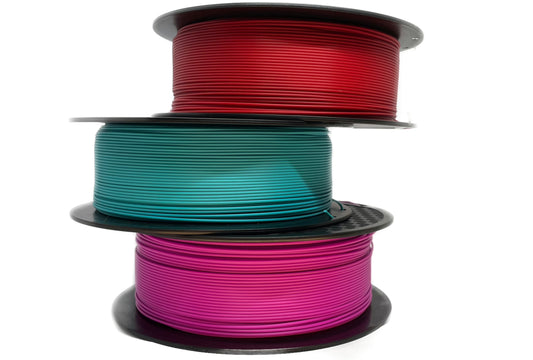
Filament - All you need to know.
What is the history of 3D printer filament? The first 3D printing process, called stereolithography, was developed in the 1980s. This process used a laser to harden liquid resin and...
Filament - All you need to know.
What is the history of 3D printer filament? The first 3D printing process, called stereolithography, was developed in the 1980s. This process used a laser to harden liquid resin and...
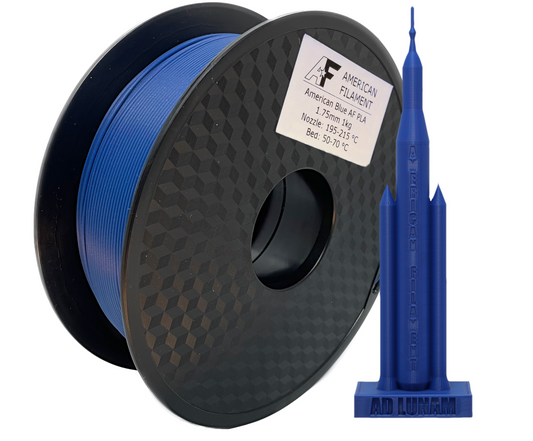
Polylactic Acid (PLA)
Why is PLA commonly used in 3D printing? Polylactic acid (PLA) is a biodegradable thermoplastic material made from renewable plant-based materials. It is a popular material for 3D printing for...
Polylactic Acid (PLA)
Why is PLA commonly used in 3D printing? Polylactic acid (PLA) is a biodegradable thermoplastic material made from renewable plant-based materials. It is a popular material for 3D printing for...
